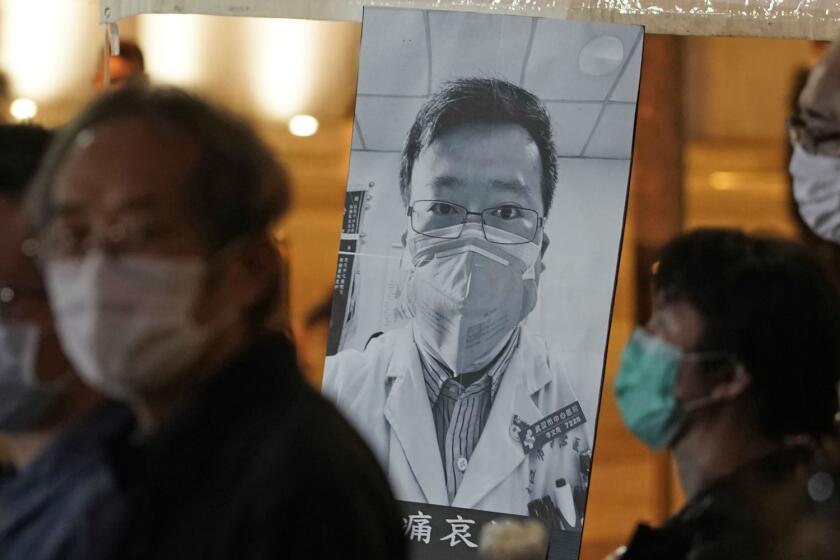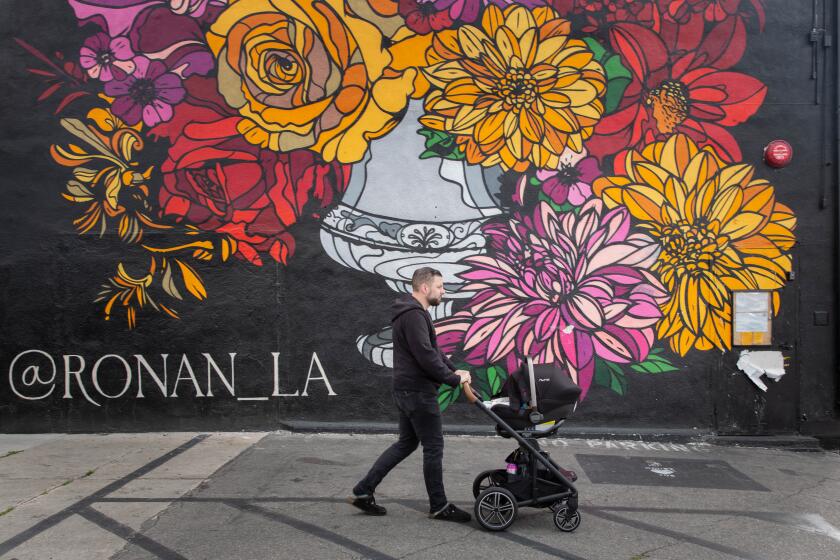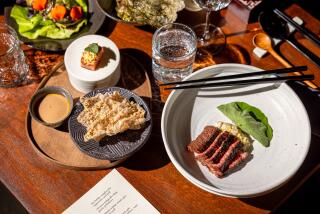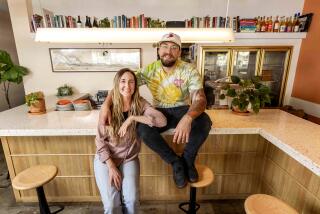What does a restaurant critic do when there are no restaurants?
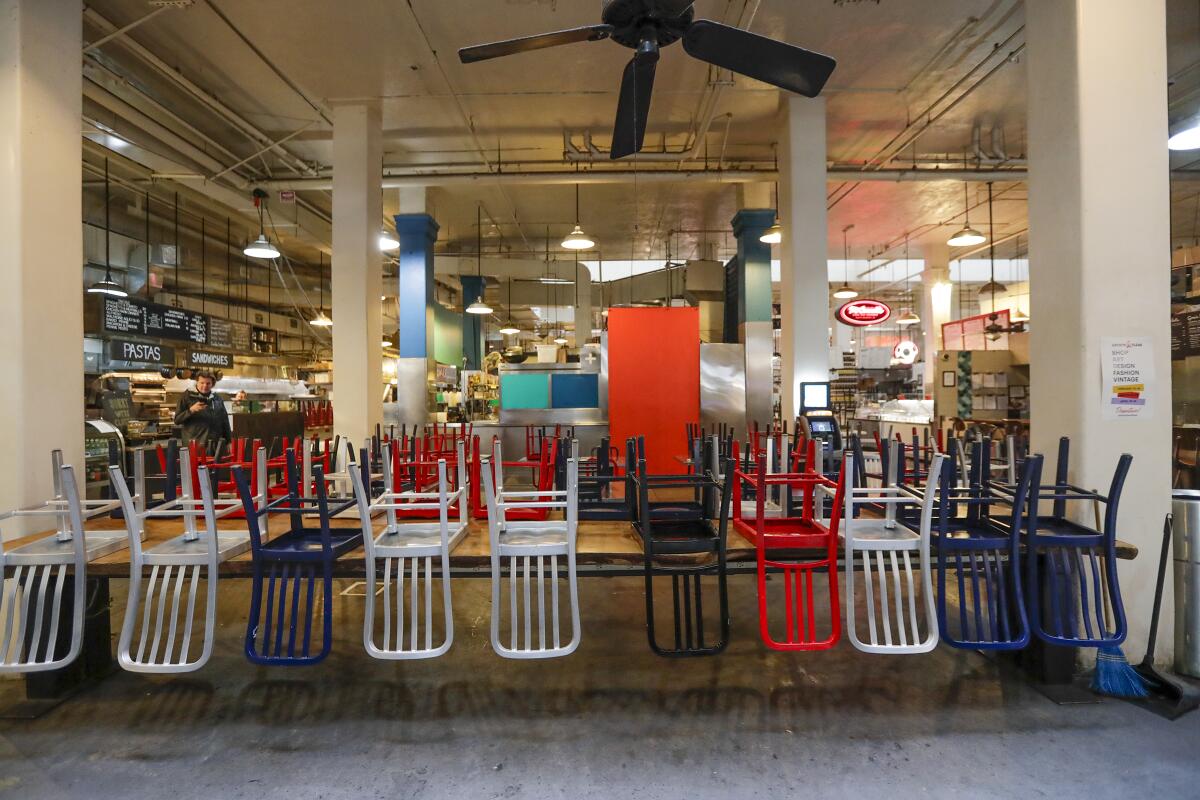
I cooked dinner at home last night for the first time in months.
It’s not that I don’t enjoy cooking — I’m a competent if unimaginative cook, with more cookbooks than time to use them all. I stopped cooking regularly five years ago when I came on as the restaurant critic at the Phoenix New Times, the scrappy alt-weekly newspaper in Arizona that once got dragged to court for publishing the home address of Sheriff Joe Arpaio on its cover.
That job taught me many small but important lessons: When you spend four or five nights a week eating in restaurants, you should cease buying a week’s supply of fresh produce (there will never be enough time to cook and eat them all). Leftovers can easily be converted into a terrific breakfast (throw a runny egg on it). Always tip more than seems necessary, especially if you just ordered half the menu. And never assume you know who’s going to show up for dinner (once I spotted “Show Me Your Papers” Arpaio himself inhaling a combo platter at Comedor Guadalajara in south Phoenix).
No amount of experience could have prepared me for the events of this week. On March 15, Mayor Eric Garcetti ordered dine-in service suspended at Los Angeles restaurants to help abate the spread of the novel coronavirus. For the first time since I started writing about restaurants, there were no restaurants to review.
Closing the city’s restaurants was the right thing to do: We’re facing a public health crisis that has already killed thousands and will kill thousands more if left unchecked. But that doesn’t mean I’m not mourning the sudden departure of restaurants from our lives.
The latest updates from our reporters in California and around the world
The life of a restaurant critic is one of extreme bounty and privilege. Everyone knows this intuitively and I know it in my bones. I grew up in a family where the household income never tipped past $20,000 a year and there was never enough money to eat at sit-down restaurants. Now I have tasted foods I never would have dreamed of eating when I was a kid: velvet-soft uni flown in from the cold, clear waters of Hokkaido; gelato made from Sicilian pistachios; tarts canopied with super-ripe Persian berries oozing juice and sugar; and dosas so thin, crisp and finely shaped that they are small miracles of engineering.
Restaurants supply nourishment and pleasure, but they also operate at the unique juncture of commerce, community and culture. They are businesses, but also neighborhood communal spaces, quotidian gathering spots and special event venues. They’re where we go to court one another, get engaged, celebrate anniversaries, meet for book club, and sing “Happy Birthday” amid flickering candles and complimentary cheesecake. Good restaurants make time drop away.
They are also important drivers and distillates of local culture. What is a visit to Tokyo, after all, without spending time inside an izakaya or ramen-ya? And what is Los Angeles without the doro wat at Meals by Genet, the mole sampler at Guelaguetza, or the stuttering heat of the galbi jjim at Sun Nong Dan?
Every journalist who has spent time on the restaurant beat understands that behind every kitchen is a story, often one with heartbreaking quantities of debt, punishingly long work hours and sacrifice. The restaurant world is a notoriously brutal and fragile ecosystem; even a tiny shift in the economic currents can nudge a restaurant toward closure. The COVID-19 pandemic has blindsided the industry and we are bracing for mass closures. Many restaurants cannot survive on takeout and delivery revenue for long. Thousands of livelihoods have been thrust into uncertainty.
I’m not sure I’ve ever felt as helpless as I did after Garcetti’s announcement and I began to call local restaurant owners to get their reaction to the news. It was a front-row seat to a terrible train wreck, one in which the passengers on board were the very people who animate my work.
The morning after Mayor Garcetti closes all dining rooms, things look a lot different at this Melrose restaurant.
In my work, I’ve aimed to use whatever modest platform I could find to write about the restaurants and people doing good and interesting work in service of feeding their communities. Now I’m worried for their survival, and what their loss will mean for our city’s economic and cultural life. Independent restaurants help drive our economy and are a vital part of what makes our cities great.
So what does a restaurant critic do when there are no restaurants? Like you, I’m taking things day by day. I’m cooking my heart out. I’m urging you to go to Resistbot and tell your representatives that we need immediate relief for the independent restaurants and millions of food service workers who are out of work. (It takes less than two minutes.) And I’m ordering a hell of a lot of takeout.
More to Read
Eat your way across L.A.
Get our weekly Tasting Notes newsletter for reviews, news and more.
You may occasionally receive promotional content from the Los Angeles Times.
